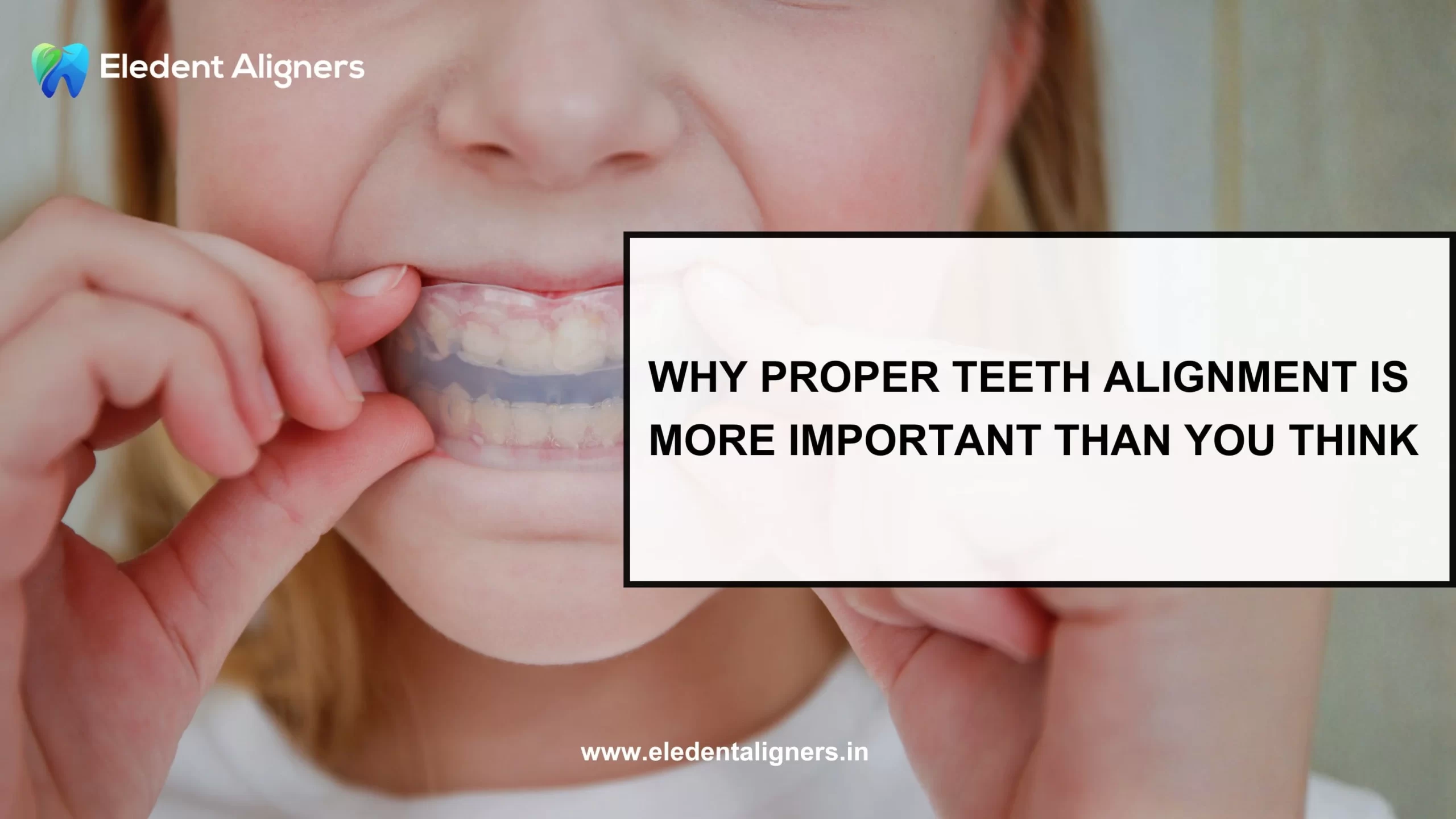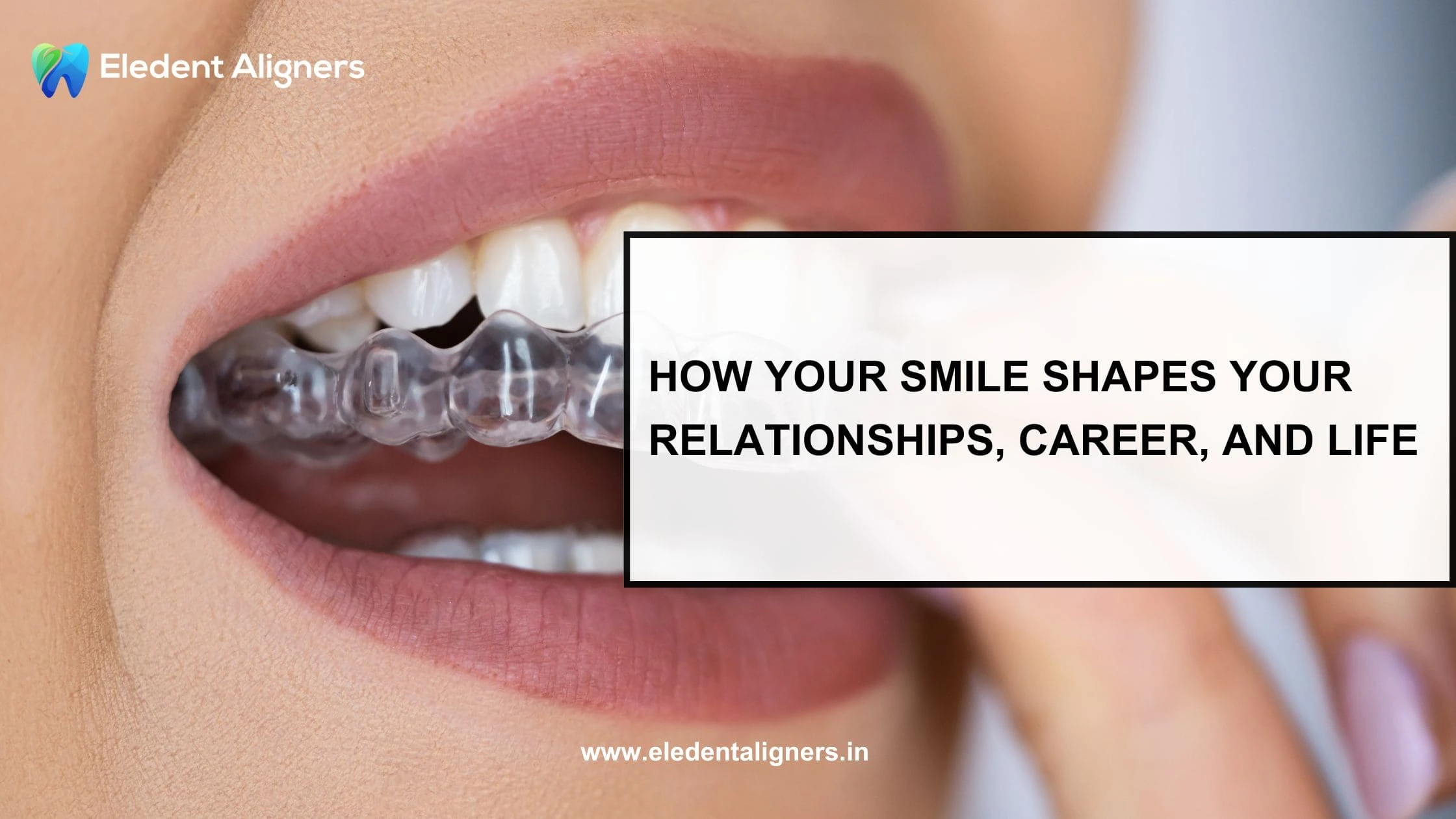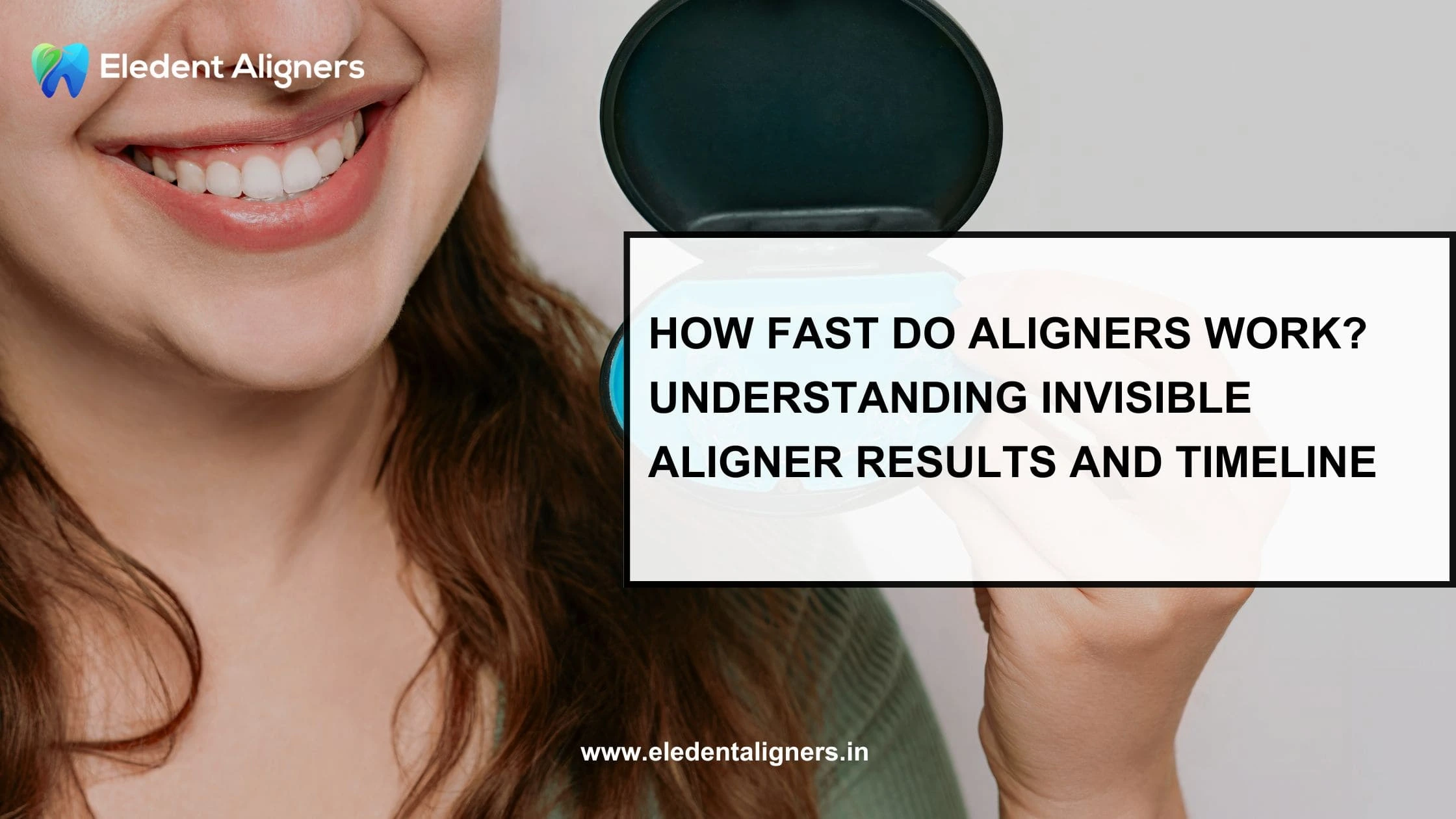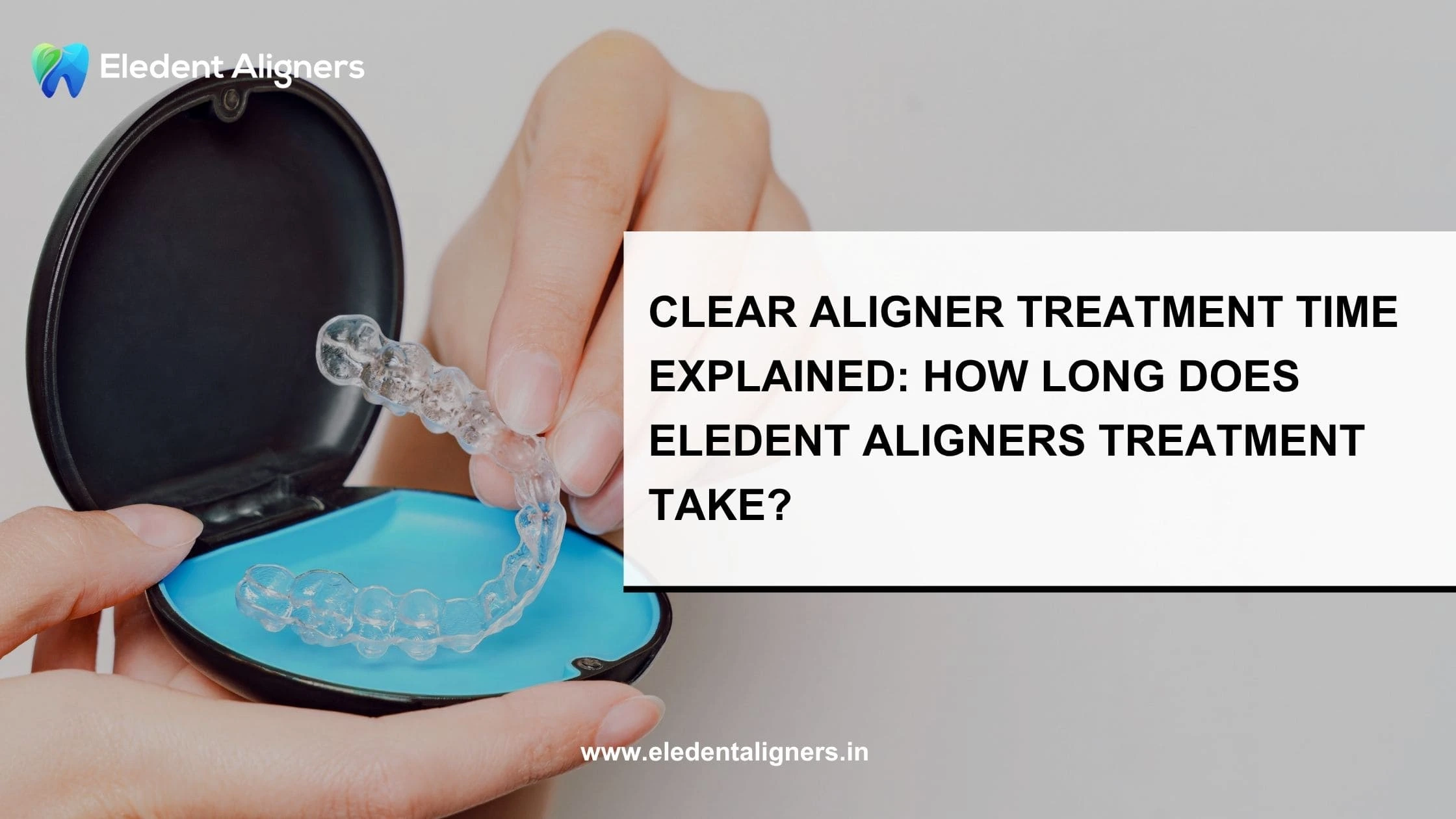What Are Buck Teeth?
Buck teeth, also known as overjet, occur when the upper front teeth jut out past the lower teeth. This can range from minor to quite noticeable. It’s common and affects millions worldwide. Buck teeth not only affect your smile but can also lead to issues like difficulty biting, speech problems, and gum troubles because it’s harder to clean the teeth well. Also, it can affect your confidence when you smile. Researchers from the Faculty of Medicine and Health Sciences found that habits like sucking on pacifiers for a long time can lead to buck teeth in children.Why Do Buck Teeth Happen?
There are a few common reasons for buck teeth:- Genetics: Your family traits may cause teeth or jaw sizes that do not match well.
- Oral habits: Long thumb sucking or tongue pushing in childhood may push teeth forward.
- Jaw growth differences: Sometimes the upper jaw may grow bigger than the lower.
- Missing teeth or crowding: Teeth that don’t have enough space might push others forward.
- Medical conditions: Rarely, jaw injuries or health issues change how teeth sit.
How Can Invisible Aligners Help Fix Buck Teeth?
When your front teeth push too far forward, it’s not just a cosmetic concern; it’s a functional one too. Many people with buck teeth struggle with proper biting, cleaning, or even feeling confident about their smile. That’s where invisible aligners step in as a modern, comfortable way to fix buck teeth without the hassle of metal braces. Invisible aligners are clear, custom-made trays that slip over your teeth. Each tray applies gentle pressure on specific teeth, gradually shifting them into a better position. Over time, this careful movement helps correct the alignment, reduce the gap between upper and lower teeth, and bring out a balanced, confident smile.What Makes Invisible Aligners Special?
Invisible aligners have completely changed how dentists and orthodontists correct crooked or protruding teeth. Here’s why so many people prefer them over traditional braces:- Almost invisible: The aligners are transparent, so most people won’t even notice you’re wearing them. You can speak, smile, or take photos without worrying about how they look.
- Removable: Unlike braces, you can take them off while eating or brushing. This means no food restrictions and better flexibility in your routine.
- Comfortable: No wires. No brackets. Just smooth, soft plastic trays that won’t poke your gums or cheeks.
- Easy to clean: Because they’re removable, you can brush and floss normally, which helps maintain fresh breath and better oral hygiene.
- Fewer dental visits: Most of the progress happens naturally as you switch aligners, which means fewer clinic appointments.
How Do They Work?
The science behind invisible aligners is precise yet simple. Dental professionals use 3D scanning technology to capture every detail of your teeth and bite. Based on that, a customised digital treatment plan is created. It maps out how each tooth will move gradually to achieve correct alignment. Once the plan is ready, you receive a series of clear aligners. You’ll wear each aligner for about one to two weeks before moving on to the next one. Each set is slightly different, guiding your teeth a little further into position. The key is consistency. Wearing the aligners 20–22 hours a day allows enough pressure to build up, helping your teeth shift slowly and safely. In some cases, mild buck teeth issues need the upper teeth to be gently moved backwards, while the lower teeth move slightly forward; this helps reduce the overjet and improves bite function. For mild or moderate buck teeth, this method works beautifully. However, more severe cases, often caused by jawbone differences, may need additional treatments or elastics to guide the correction.What to Expect During Treatment
Invisible aligners are built for comfort, so the treatment process is easy to follow. Here’s what you can expect:1. Consultation
You start with an orthodontic consultation where your dentist examines your teeth, takes X-rays, and discusses your goals. If invisible aligners are suitable, your journey begins.2. Digital Scanning
A 3D scan of your mouth is taken. This scan helps design precise, custom aligners based on your unique tooth shape and position.3. Your Custom Aligners Are Made
The scans are sent to a lab where a complete set of clear trays is produced. Each aligner represents one stage of your teeth moving closer to perfect alignment.4. Wearing the Aligners
You’ll wear each aligner for about 10 to 14 days, removing them only while eating, brushing, or drinking anything other than water. This keeps your progress on track.5. Regular Checkups
Every few weeks, you’ll visit your dentist to check progress and collect new aligner sets. They’ll track your movement and make minor adjustments, if needed.6. Completion
Once you finish your final set, your teeth will be noticeably straighter, and your buck teeth issues will be corrected. Most people describe the change as life-changing. Your bite improves, your smile looks natural, and your confidence soars.Tips for Success with Invisible Aligners
- Wear your aligners as your orthodontist tells you, usually 20-22 hours every day.
- Keep your aligners clean and avoid losing them.
- Avoid eating or drinking anything besides water when the aligners are in.
- Keep up with your dental appointments to track progress.
- If you have habits like tongue thrusting, ask your dentist about exercises to help.
Pricing and Availability
In India, professional invisible aligners typically cost between ₹80,000 and ₹1,20,000, depending on how complex your case is. Eledent Aligners offers advanced clear aligner treatments, backed by precision technology and expert orthodontists. If you want to know more about their services, visit the Eledent Aligners About page. To start your journey toward a straighter smile, you can easily contact Eledent Aligners to book a consultation.Common Questions About Buck Teeth and Aligners
- Can invisible aligners fix all buck teeth cases?
- Invisible aligners work great for many, but severe cases may need surgery or braces.
- How long will treatment take?
- Usually between 6 and 18 months, depending on how bad the buck teeth are.
- Do aligners hurt?
- Some mild pressure is normal, but it’s much less painful than braces.
- What if I don’t wear them enough?
- Treatment will take longer or may not work well; follow your doctor’s instructions.
- Are invisible aligners safe?
- Yes, they’re made with safe materials and designed by professionals.





